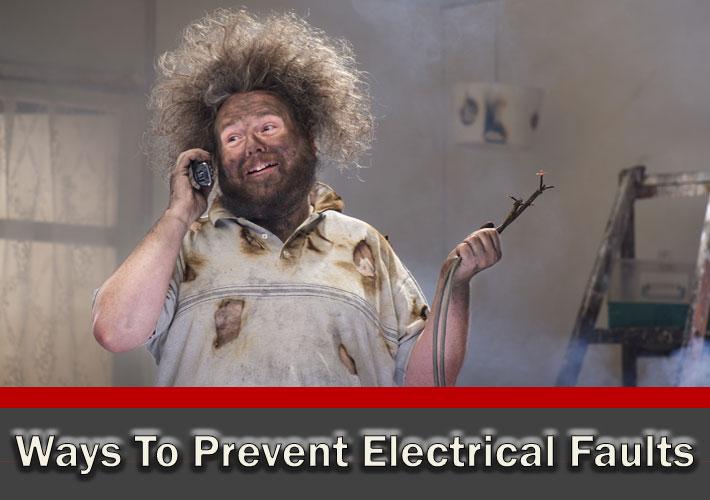Ways To Prevent Electrical Faults
There are different categories of electrical faults that can occur in both the home and at work, usually occurring either through the 'hard wiring' of the electrical distribution system or at the individual appliance level. Electrical faults are dangerous, with the main risks being electric shock, fire and damage to equipment and property. Preventative steps can, however, be undertaken quite easily.
It's critical to get the hard wiring checked by a competent, qualified and certified electrician. Distribution/fuse boards can become out of date and essential devices such as circuit breakers can be at risk of malfunctioning. Old and poor wiring running through a property increases the risk of fire and the malfunction of individual appliances. A competent electrician will be able to make recommendations as to what updates are needed to ensure that the property's safe and complies with the latest legal standards.
Individual electrical appliances need to be regularly visually inspected to ensure no faults are developing in the cabling or plug and this is an easy task for everyone to do periodically. An electrician can also carry out a portable appliance test to make sure the individual item is safe and this is a legal health and safety requirement for portable appliances that are used in the workplace.
Appliances must always be used and stored in the environment that's appropriate to their intended use. Flexes and cables must be protected from adverse wear and tear, such as the family pet chewing the cable or the office chair running over and crushing a trailing lead. Electrical faults often occur through misuse of equipment, such as dry equipment used in a wet environment or appliances being used outdoors in harsh conditions or leads being over-stretched and/or twisted.
The best way to prevent electrical problems is to use equipment appropriately, inspect it regularly, and replace it when it's reached the stage where it fails to function properly and becomes unsafe. Also, have the structural wiring checked every few years because any issues that develop will often do so without the owner/occupant being aware.

